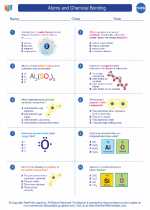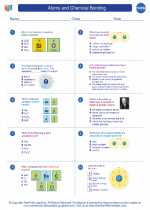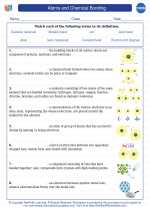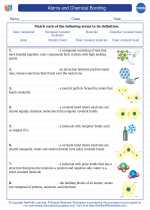Pseudopodia
Pseudopodia are temporary, arm-like projections of a cell membrane that are used by some eukaryotic cells for movement and feeding. The term "pseudopodia" comes from the Greek words "pseudes," meaning false, and "pous," meaning foot, which accurately describes the temporary and false appearance of these cellular extensions.
Functions of Pseudopodia
Pseudopodia serve several important functions in cells:
- Locomotion: Pseudopodia enable cells to move and change shape. This is particularly important for cells such as amoebas, which use pseudopodia to crawl and engulf food particles.
- Feeding: Some cells, such as amoebas and certain types of white blood cells, use pseudopodia to surround and engulf food particles through a process called phagocytosis.
- Sensory exploration: Certain cells use pseudopodia to explore their environment and detect chemical signals.
Mechanism of Pseudopodia Formation
Pseudopodia are formed through the coordinated action of the cell's cytoskeleton, particularly actin filaments, and the cell membrane. The process of pseudopodia formation involves the following steps:
- Actin polymerization: At the leading edge of the cell, actin filaments rapidly polymerize, extending the cell membrane and forming the initial protrusion.
- Attachment and traction: The newly formed pseudopodium attaches to the substrate, and the actin filaments continue to push against the membrane, providing traction for the cell to move forward.
- Release and retraction: As the cell moves, the trailing edge of the pseudopodium releases its attachment and retracts, allowing the cell to move in the direction of the pseudopodium.
Role of Pseudopodia in Disease
Some pathogens, such as the causative agent of malaria (Plasmodium falciparum), and certain cancer cells, exploit pseudopodia for their motility and invasion of host tissues. Understanding the mechanisms of pseudopodia formation and regulation is important for developing treatments against these diseases.
Study Guide for Pseudopodia
To study pseudopodia, it is important to focus on the following key areas:
- Understanding the structure and function of pseudopodia in different cell types.
- Exploring the molecular mechanisms involved in pseudopodia formation, including the role of actin and other cytoskeletal components.
- Investigating the physiological and pathological roles of pseudopodia in cell movement, feeding, and disease progression.
- Examining experimental methods and models used to study pseudopodia, such as live-cell imaging and genetic manipulation of cytoskeletal components.
By focusing on these areas, students can gain a comprehensive understanding of the importance of pseudopodia in cell biology and its relevance to human health and disease.
.◂Chemistry Worksheets and Study Guides High School. Atoms and Chemical Bonding

 Worksheet/Answer key
Worksheet/Answer key
 Worksheet/Answer key
Worksheet/Answer key
 Vocabulary/Answer key
Vocabulary/Answer key
 Vocabulary/Answer key
Vocabulary/Answer key
